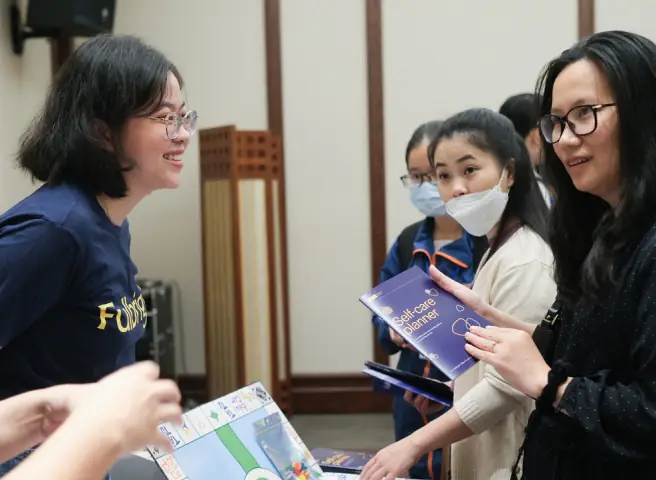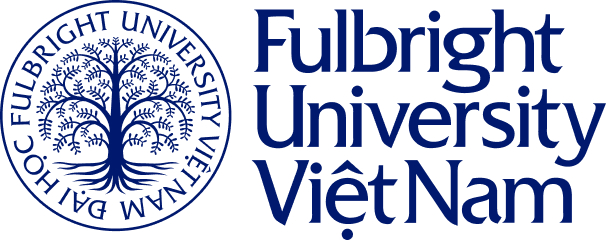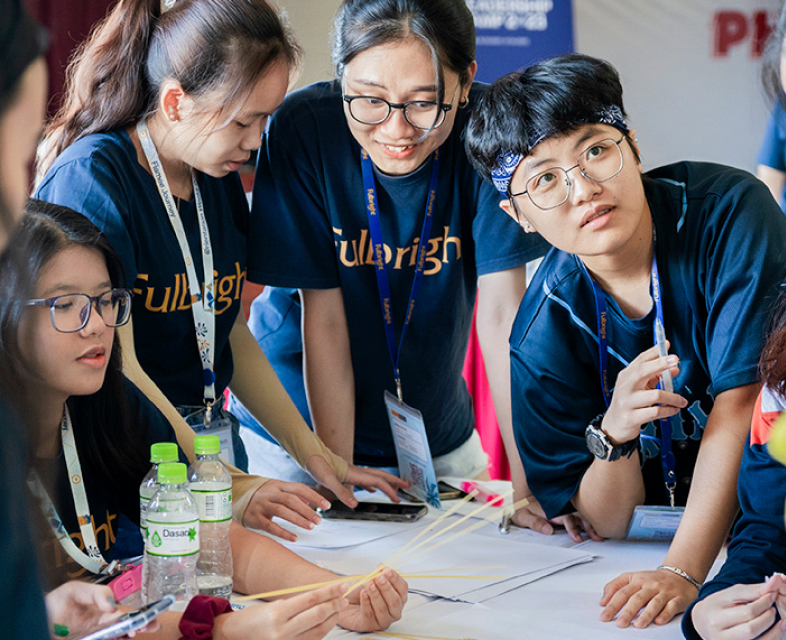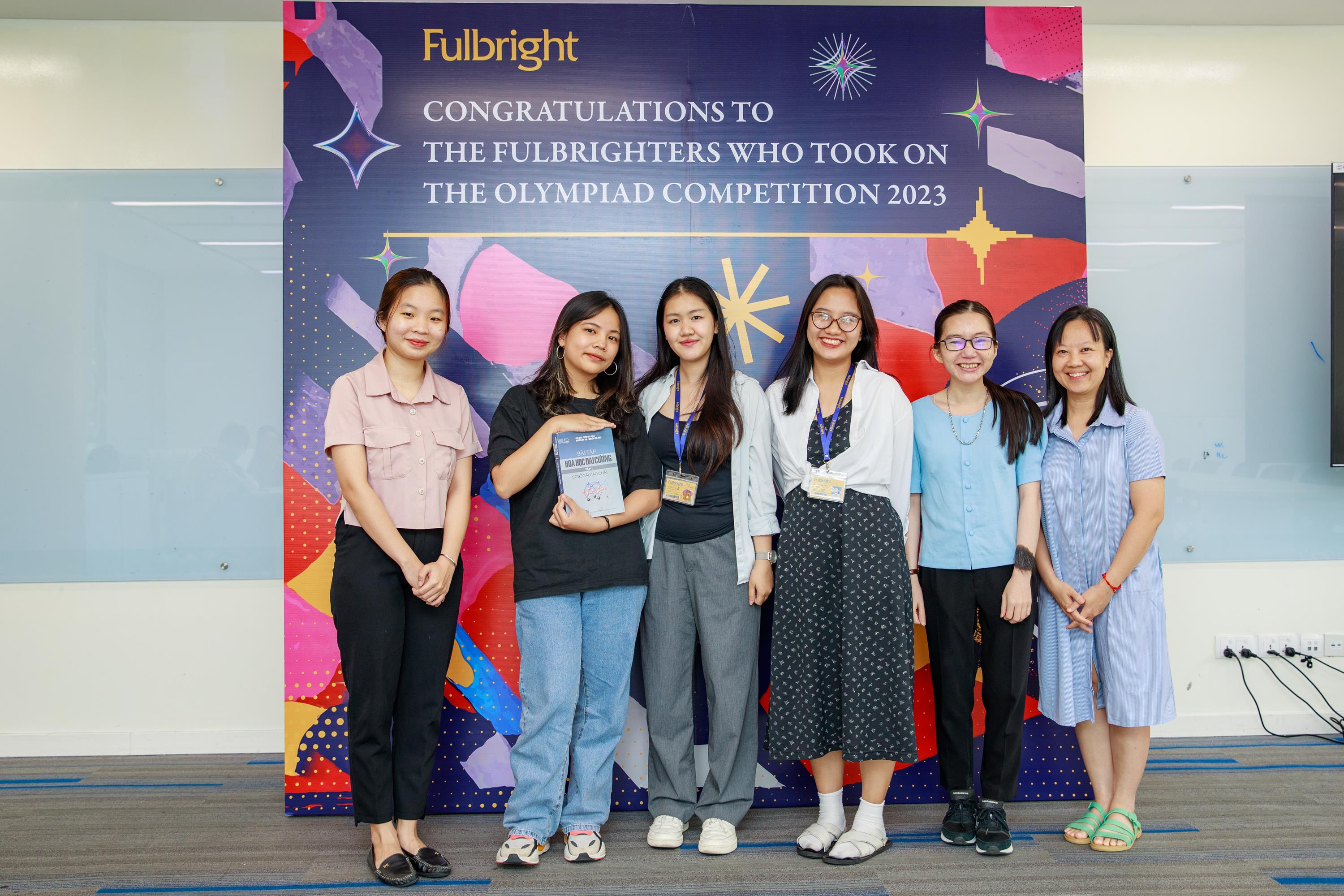
Dr. Ian Kalman has been a dearly familiar name to the Fulbright community as one of the founding faculty members at the university, as well as his often raved-about course on Digital Anthropology, among many others. Every year, Ian has managed to bring new values to the school, from leading a Fulbright Speakers’ Series, initiating our first academic conference, to his recently published book, Framing Borders: Principle and Practicality in the Akwesasne Mohawk Territory. Last week, we sat down with him to chat about his new book, his teaching philosophy, and his vision for the future.
From a local case study to a global phenomenon
While the topic of borders is not entirely new since it forms a fundamental part of political life, often is studied in historical or geographical terms: when, where, and how they were drawn. Ian, however, explores them through a perspective known as Symbolic interaction in sociology. “[It] is the theory that the realities that we live in are constantly being constructed through our conversations. The world that can be experienced is known and reproduced through dialogue, discussion, and interaction,” he explained.

His book, Framing Borders: Principle and Practicality in the Akwesasne Mohawk Territory, published in 2021 by the University of Toronto Press, addresses a fundamental disjuncture between scholastic portrayals of settler colonialism and what actually takes place in Akwesasne Territory, the largest Indigenous cross-border community in Canada and the United States. As a multi-sited ethnography, the mainstay of anthropological qualitative social science research, the book explores how border crossing represents a conversation in which different actors “frame” themselves, the law, and the space that they occupy in diverse ways. The blurb follows: “Written in accessible, lively prose, Ian addresses what goes on when border officers and Akwesasne residents meet, provides an ethnographic examination of the experiences of the border by Mohawk community members, the history of local border enforcement, and the paradoxes, self-contradictions, and confusions that underlie the border and its enforcement.”

Map showing the political geography of Akwesasne. Courtesy of the Max Planck Institute for Social Anthropology.
Ian shared that he first became interested in indigenous border crossings when he was an undergraduate student taking a class in Federal Indian Law, where he learned about the border crossing demonstrations. In these demonstrations, Native American people would march, parade, and simply walk across the border without stopping or giving identification to say that the border did not exist. Because for them as original people of the land with their own political and cultural identities, to a certain extent, the border does not exist. This resistance in literature, or rather refusal, piqued Ian’s curiosity, and he went on a quest to answer the question: ‘what does it mean to deny a border?’ and to learn more about the nuanced complexities surrounding this political yet cultural act.

Day of the bridge celebration at the creation of a new low-level bridge connecting Akwesasne to mainland Canada. Mohawk residents were banned from joining the celebration on foot by a barbed-wire fence.
A lot of researchers spend a few weeks or a month in the place where they do research to focus on secondary sources, surveys, focus groups and such, they would come in and get all the data that they could. But Akwesasne is the place where the border is part of everyday life, so in order to understand the border, Ian decided to experience the feeling about everyday life there, embracing the field of anthropology and its emphasis on long-term fieldwork. He held: “You need to be there until it gets boring, because it is boring for most people most of the time, waiting in/on line getting asked the same questions over and over again.” Ian has spent over a year living at the border, and crossed it over a thousand times, to fully immerse himself in the experience of the locals living there, as well as to see through the lenses of the border service officers. “The officers knew me just like they knew the people who live there. And that was part of what made the research feel worthwhile.”
The book itself provides broader meanings than just the descriptive analysis of borders. In fact, as an ethnography, “[it] is an intensive study of a specific cultural context with a theoretical basis that has something broader to say about the experience of being human. It’s about one thing, and it’s about everything at the same time. Many border regions are inhabited by people who are ethnically, culturally, historically, distinct from the dominant group. So this is a global phenomenon through a local case study,” he said.
Dialogues that shape our world
Borders, in a way, frame specific ideas of how the world works, especially in citizenship identity. Referencing the work of Erving Goffman, the most influential American sociologist of the twentieth century, Ian regards the conversations at borders as matters of framing, such that when we pose the same question in different ways, we will get different answers.
For a border officer asking someone: ‘are you American or are you Canadian?’, demands that those are the only two types of people that one can be. For most indigenous and ethnic minority people, many of whom are located at the borders of different states, their identities, who they see themselves as their language, their culture, their way of life, is not American or Canadian but is one that is challenged by the borders. “So the question then is: if borders are not just these lines on a map, but are something that comes into being through conversations, in which you give your documentation to a person, and they demand certain things of you, and you communicate with them, it’s worth paying more attention to what takes place in those sorts of interactions, the sorts of conversations that happen, and how people come to experience this political reality through dialogue.”

Bilingual wait sign created by Canada Border Services Agency to Inform travelers about wait times. It is worth noting that few Akwesasne residents speak French.
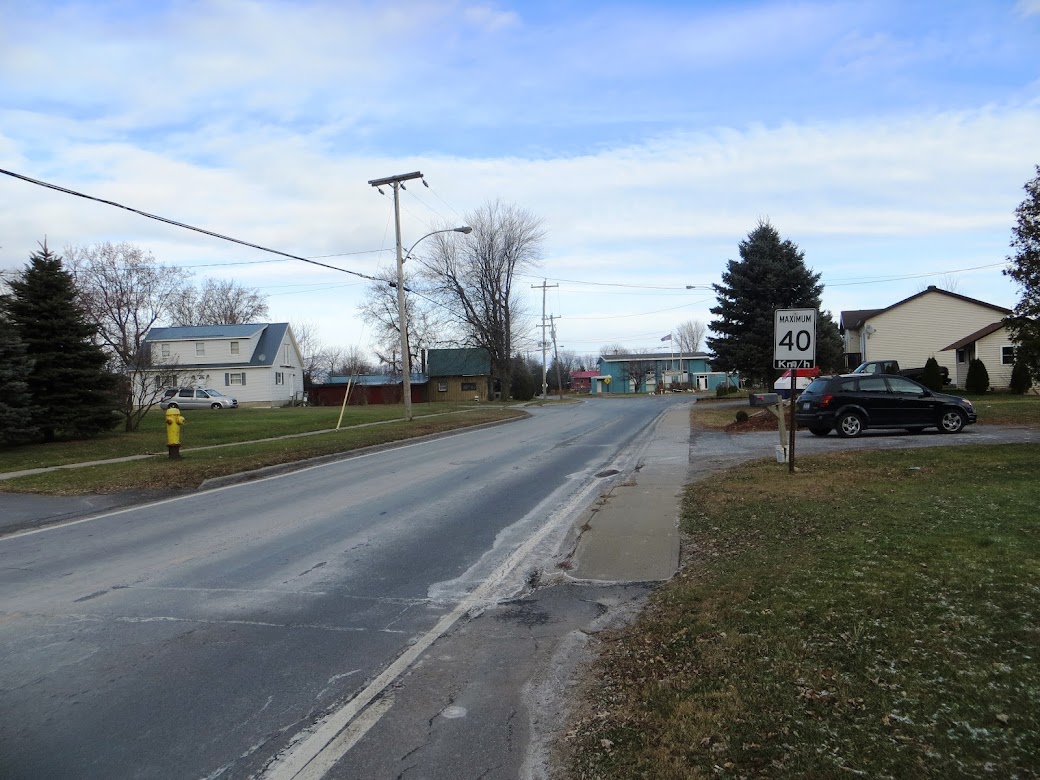
Picture of “the Border” between portions of the community legal in Quebec and New York State. Note the only signs of change are the sidewalk and speed limit sign in Kilometers rather than miles.
In his work, Ian argues that rather than using identity indicators like nationality, race, social standing, or gender, etc., we should look to context as a predictive measure of human interaction. “Sometimes we pay too much attention to cultural differences while there are a lot of things that are pretty much shared across all human beings,” he contended. “We all want respect. We don’t want our time wasted. We want people to be nice to us. We want people to accept the identities that we put forward in the world. So if we start from that perspective and focus more on context than identity as something that determines people’s interactions, then it will give us a lot of flexibility. Because then, we can take a more proactive role in shaping the context.”
With the understanding and appreciation for the community, Ian has spent a few years making cultural training materials for border officers to help improve relationships. He also did policy reports for the Mohawk government, both related and unrelated to this border crossing matter, helped them do quantitative research and analyze data. Time after time, Ian grew very close with the community and he still goes back to Akwesasne now, not for research so much anymore, but “just because I genuinely miss it and I miss the people”. His eyes were sparked with joy as he shared about his memories there, about the time he officiated a wedding for two of his friends along the river, or simply just the nights they played Dungeons and Dragons together.
Throughout his academic research sprinkled with light-hearted jokes, we can find one overarching theme in the book: be nice to other people. The author elaborated: “It’s a different sort of call to action. This is not a book that preaches revolution, it’s simply a path towards treating people as people. And if you do that, you’re going to be more effective with your intended goals.”

Selfie taken by Dr. Ian Kalman at the St Lawrence River.
Good learning is playful
That theme about kindness and the writing style that incorporates a bit of playfulness into a theoretical text is just about an accurate reflection of how Dr. Ian Kalman is in real life. He strongly believes that it is important to enjoy the classroom experience, to learn through stories and through laughter. More important is the ability to connect things that do not naturally seem connected. Quality learning is not so much about knowledge retention because, in this digital era, most information can be found on the internet easily. It is all about creativity, making connections, and piecing together the world in creative ways. “I think that good learning is playful. And that’s what I bring into the classroom as a teacher,” he affirmed.
Throughout our talk, Ian projected a calm yet funny persona. Sipping water from a Spiderman mug, he shared with us that he was born in the same part of New York as the friendly neighborhood hero. Growing up in such a culturally diverse city, Ian has long been nurturing an open mindset and keeping an eye out for inspiration from the daily moments of surprise. He was excited to share with us his upcoming project on comparative philosophy between Native America and Asia, which was inspired by the heightened exposure to Asian philosophy from his time at Fulbright.

Dr. Ian Kalman at a workshop on Digital Learning Through Social Media for teachers from all across the country at PEN 2020 (Pioneering Educators Network), held at Fulbright University Vietnam.
“At the end of the day, Fulbright is going to be the biggest accomplishment I’ll ever lay claim to, not as a sole person, but as part of that. [Being a founding faculty member], I thrive on this sense of adventure and greatly enjoy the process of building something major. At Fulbright, there is this freedom to teach a variety of classes and work with amazing students, and I have wonderful colleagues beside me. I think we genuinely are providing something new and transformative, both for their lives and for Vietnam on the whole,” Ian said.
Bảo Trâm


